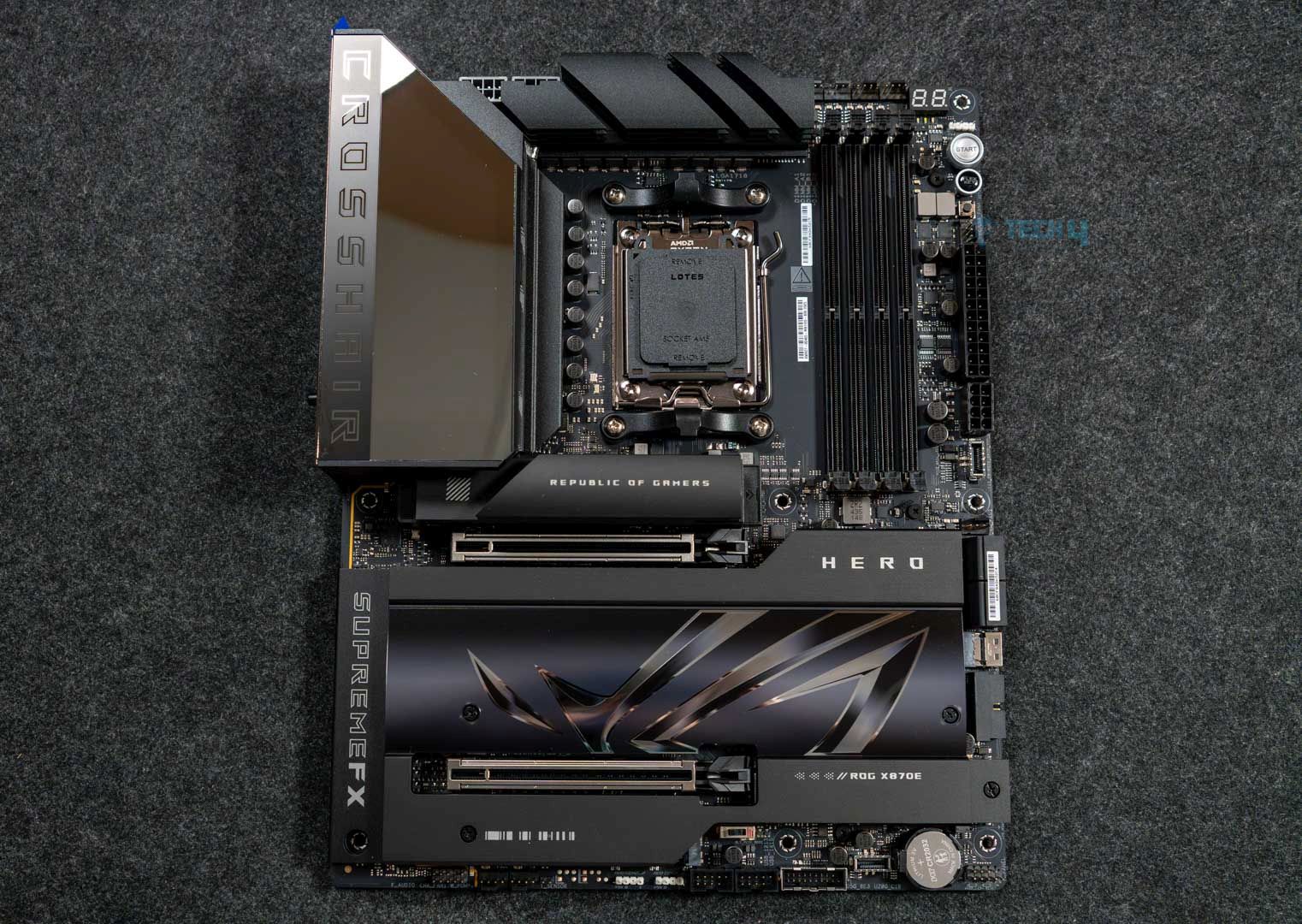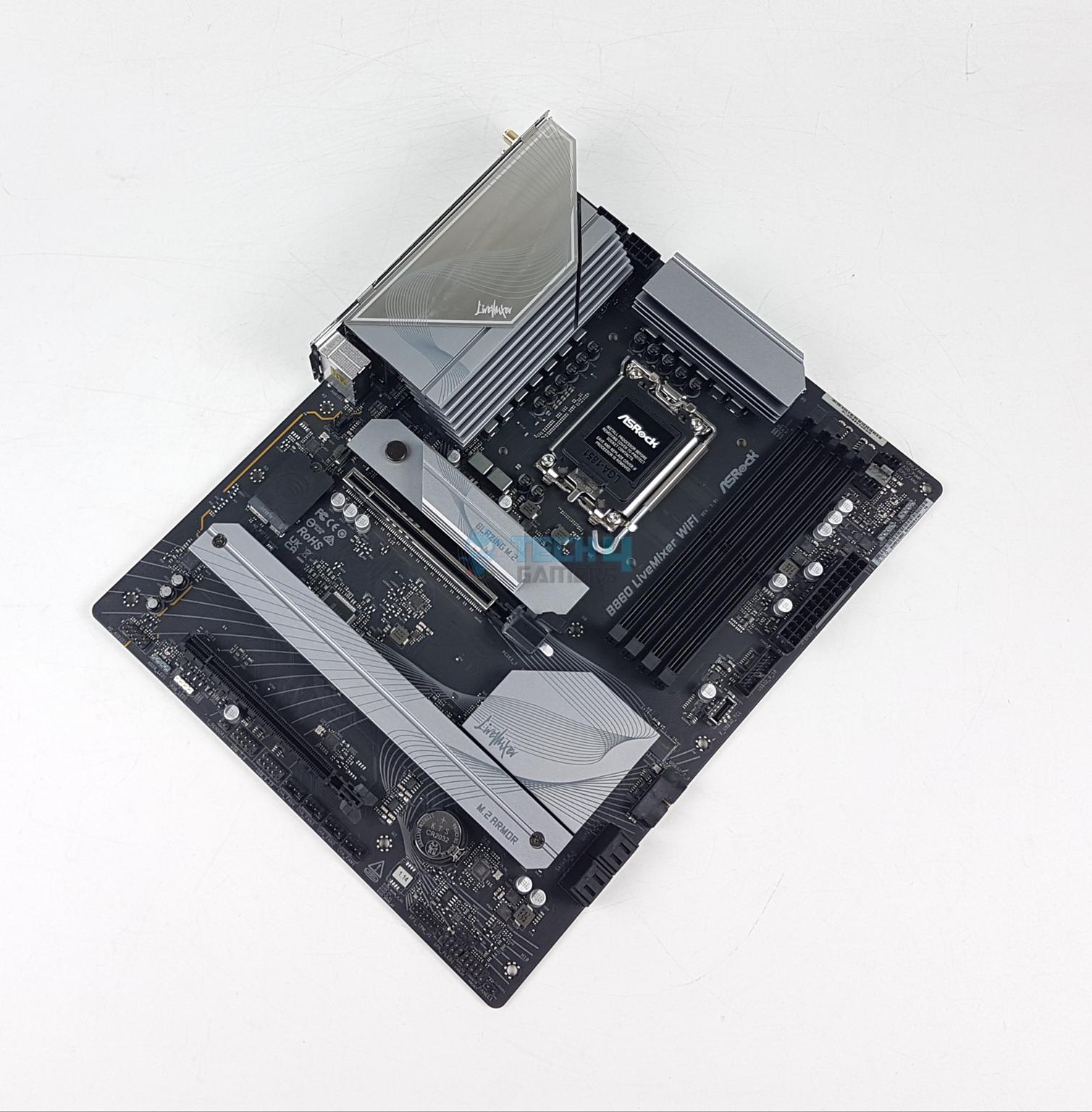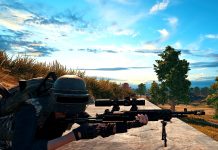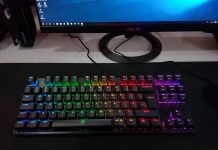Platforming, Puzzles, And Combat!
Review Summary
Prince of Persia: The Lost Crown might not be able to satisfy every fan of the series. However, for those willing to try another 2D rendition, the game’s flashy combat, stylized aesthetic, meticulous platforming, and noteworthy level design hold enough depth to offer up to 25-30 hours of gameplay.
Overall
-
Story - 8/10
8/10
-
Gameplay - 10/10
10/10
-
Graphics - 9/10
9/10
-
Sound - 9/10
9/10
Pros
- Combat has much more depth than you would expect
- Platforming is satisfying and precise
- The Metroidvania elements are a great fit for Prince of Persia
Cons
- The narrative is a bit predictable
- Enemies lose their sense of challenge during the latter parts of the game.
Satisfying movement, brisk combat, and stories based on historical settings are associated with Assassin’s Creed from Ubisoft’s modern IPs. However, these elements were once the pillars of Prince of Persia.
Having ventured into 2D and 3D gameplay formats through various entries, this series became the precursor to Assassin’s Creed, eventually phased out in favor of the latter by Ubisoft.
In 2024, however, Prince of Persia has returned with a bold new approach. The Lost Crown takes the series all the way back to its roots from 1989, adding Metroidvania elements to bolster the experience.
While initial responses were mixed after this decision, I am happy to report that Prince of Persia: The Lost Crown is a masterfully crafted Metroidvania, becoming my favorite Ubisoft game in a very long time.
- Why you can trust Tech4Gamers: Our reviews are based on dedicated hands-on testing by our team of experienced experts. Find out more about how we test.
Key Takeaways
- Prince of Persia: The Lost Crown is a visually striking and engaging Metroidvania game that revitalizes the classic series with its intricate platforming, deep combat mechanics, and captivating time-travel narrative.
- You should buy The Lost Crown if you are nostalgic for Prince of Persia or enjoy Metroidvanias.
- You should not buy The Lost Crown if you strictly want to play another 3D Prince of Persia game.
Story
The main narrative of this Metroidvania begins with a powerful prologue, introducing the Immortals, including the protagonist Sargon, in a beautifully animation sequence. As the youngest of the bunch, Sargon is determined and hot-headed, leaving a lot of room for growth.
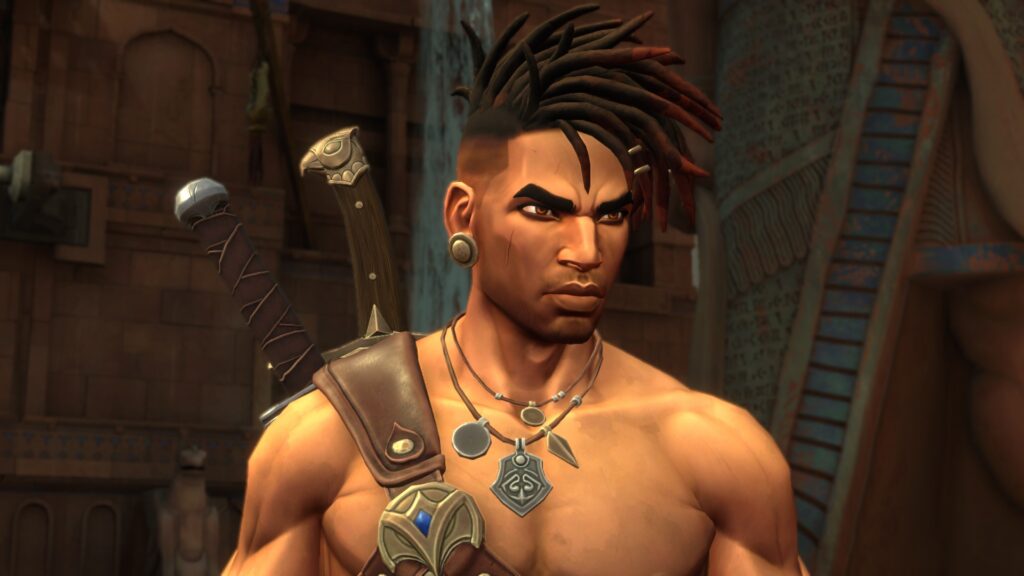
The narrative, as basic as it is, serves to bring the larger world to life. Characters, while not the most memorable, are far from uninteresting. Mount Qaf itself invites exploration, and the chase for Prince Ghassan ends with a satisfying conclusion.
While the story is not the best that Metroidvanias have to offer, Prince of Persia: The Lost Crown makes an immediate impression with its fluid gameplay.
Time Travel Plays A Crucial Role
Like its predecessors, the game leans quite heavily into time-traveling and space-time distortions. While exploring Mount Qaf, it becomes obvious fairly quickly that time does not obey the same laws for everyone trapped there.
Certain characters recall having spent hundreds of years trapped in the place, while others fail to comprehend the gravity of the situation. Time traveling also ties into the overall progression and gameplay.
Gameplay
Platforming, puzzles, and combat make up the bulk of the gameplay in Prince of Persia: The Lost Crown and there is a distinct sense of polish in each element of the game.
Platforming requires accurate movements, puzzles encourage a thoughtful approach, and combat kept me on my toes thanks to a cleverly implemented parry mechanic. All of these elements are elevated through responsive gameplay and precise controls.
I was thoroughly impressed with the combat in particular.
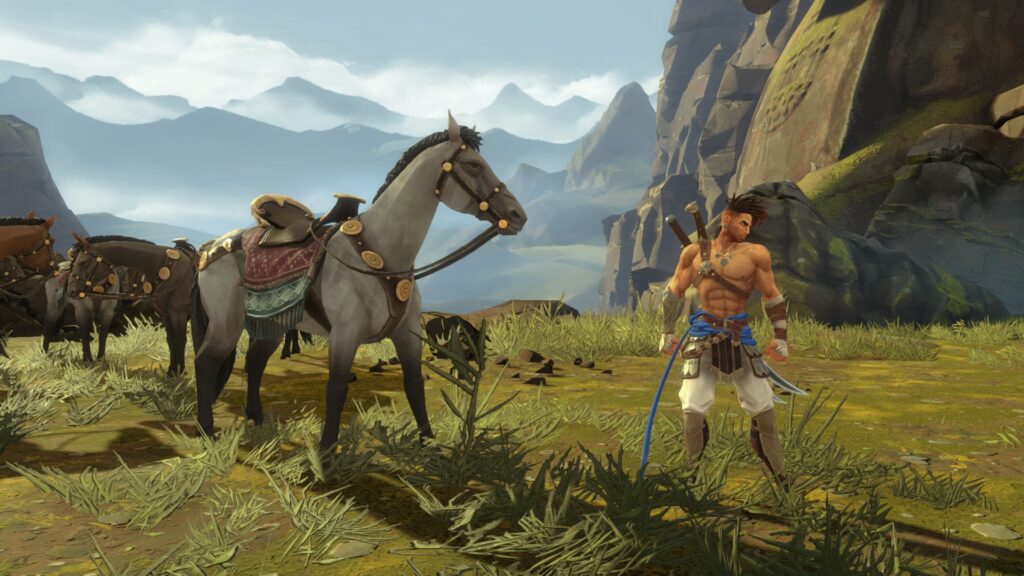
Combat Is Deeper Than Expected
Going into this 2D Metroidvania, I had expected a fairly basic combat system. However, from the beginning, Prince of Persia: The Lost Crown shows that a lot of nuance went into this system.
While it would be a bit much to compare it to the depth of Devil May Cry, I found a similar sense of experimentation deeply rooted in the combat system. The variation from basic combos, slides, launchers, charged attacks, and abilities dubbed Athra Surges kept me coming back to the practice arena.
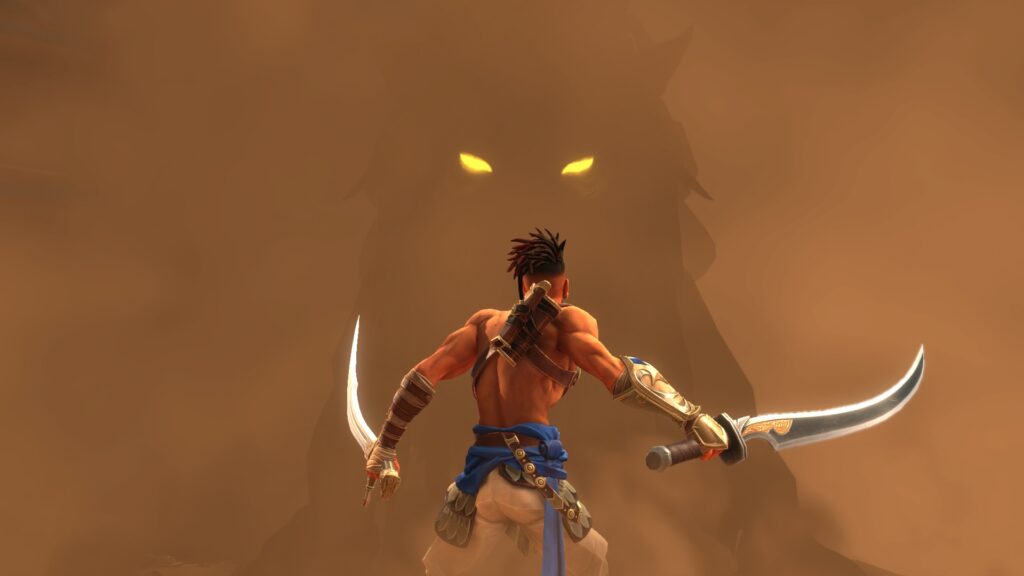
“Thanks to the gratifying combat system, the practice arena eventually became my favorite part of the game, adding 3-5 more hours of playtime to my run.”
Chaining the slide into a launcher and juggling foes through aerial combat became one of my favorite things about Prince of Persia: The Lost Crown. As the game progressed, juggling enemies became easier, opening up opportunities for unique combos and player expression through abilities like the Shadow of the Simurgh.
While combat is not hard to learn, many foes are quite fierce, requiring well-timed parries for optimal results.
Customization Is Meaningful
Sargon can make use of Athra Surges and Amulets to change up his playstyle. The former offers devastating attacks in the heat of battle, and the latter provides useful abilities like a combo extender or parry that slows time, akin to Witch Time from Bayonetta.
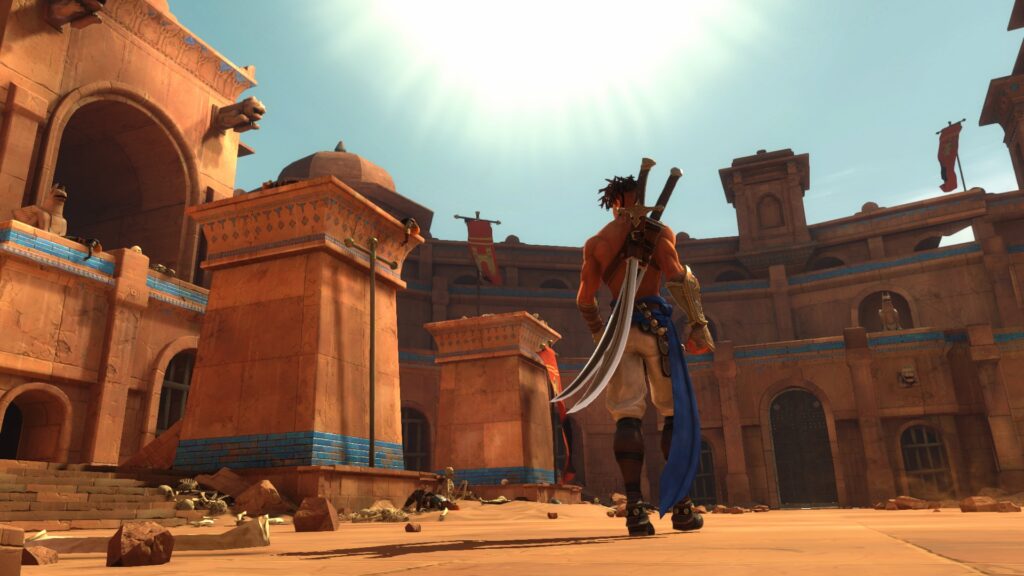
Littered around the map are materials like Soma Tree Petals and Xerxes, providing utilities like health upgrades and currency for purchasing items.
Mount Qaf’s Level Design Does Not Disappoint
The combat system is complemented by the game’s overall level design. Prince of Persia: The Lost Crown has plenty of secrets to collect, shortcuts to unlock, and puzzles to complete.
One of my favorite parts of the game came quite early on when I found a chest in an empty room. At this point, treasure chests containing Amulets had shown up several times, but this one required a specific puzzle to obtain.
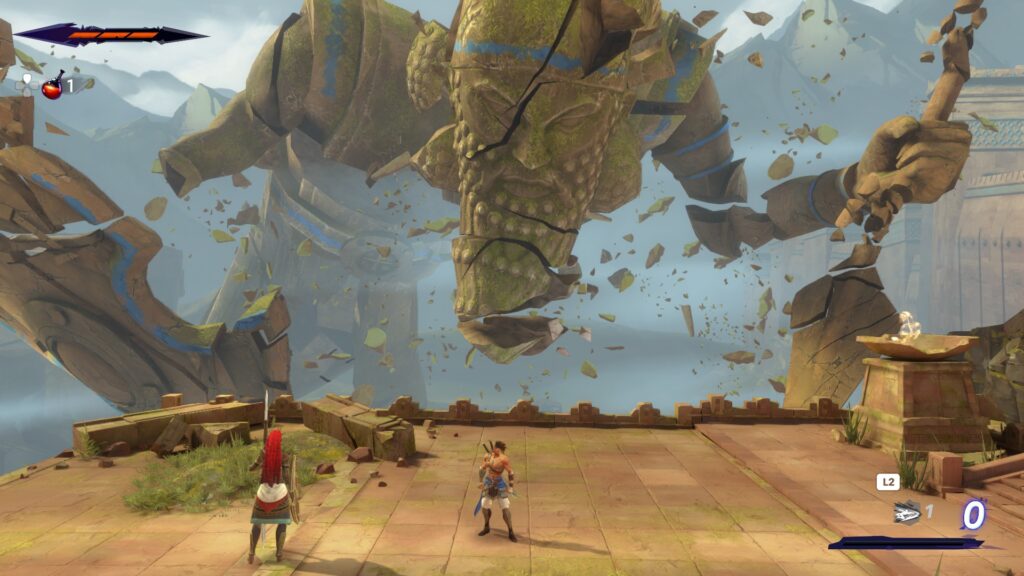
Memory Shards Are A Welcome Addition To Metroidvanias
As is the nature of this genre, I often ran into areas that required specific weapons or abilities to progress further. Ubisoft has implemented a snapshot mechanic that can be used to take screenshots of such parts. Players can then pin them on the map.
This makes it incredibly easy and intuitive to revisit locked-off areas at a later point, eliminating the need to move back and forth between the map only to realize that you need a different ability.
Graphics & Performance
Prince of Persia: The Lost Crown is light on graphical fidelity but excels in its art style. The game is vibrant, beautifully animated, and runs buttery-smooth on nearly every system. These animations are best highlighted during Athra Surges and parries after an enemy’s reckless attack.
“A stylized aesthetic, combined with gorgeous animations, make the game a visual treat.”
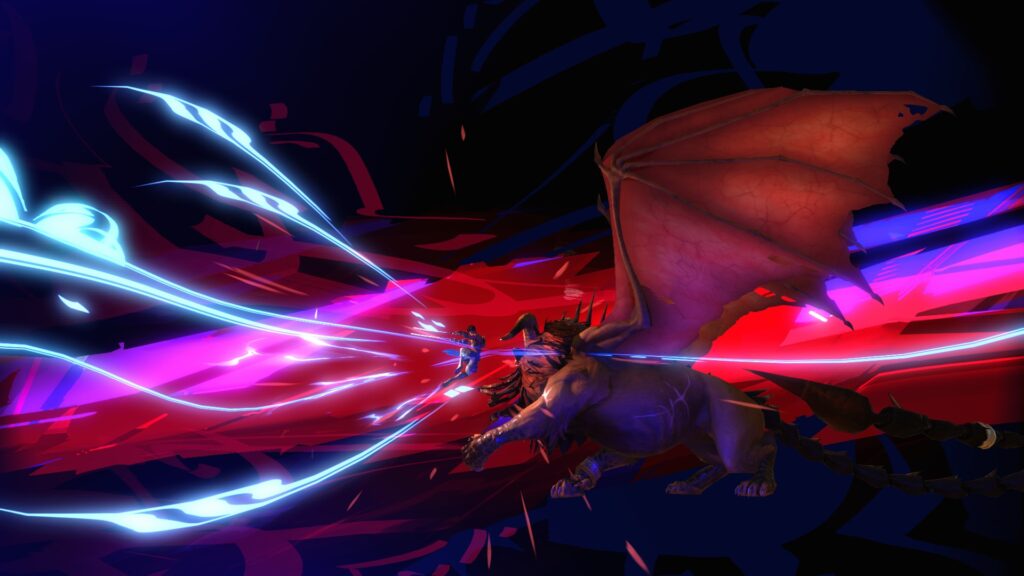
Soundtrack and Audio
The overall audio in Prince of Persia: The Lost Crown plays a major role in the game’s satisfying combat.
Sargon’s parries are portrayed as satisfying clangs, the various abilities are given an extra oomph thanks to a powerful sound design, and the soundtrack enhances the overall atmosphere during exploration and combat.
While I have been less than impressed by voice acting in recent Ubisoft games, Prince of Persia: The Lost Crown addresses this problem. The game’s voice acting is defined by strong line delivery, picking up the slack where the narrative falters.
Should You Buy It?
After going over the game, do I recommend it?
Buy It If
✅You are nostalgic for Prince of Persia or enjoy Metroidvanias: The game caters to both audiences, so whichever category you fall into, it earns my recommendation.
Buy It If
❌You strictly want to play another 3D Prince of Persia game: In this case, waiting for the Sands of Time Remake, currently in development, might be the better choice.
Final Thoughts
Prince of Persia: The Lost Crown refreshes the classic series by steering into Metroidvania territory. It nails the essentials – challenging platforming, intriguing puzzles, and a combat system that pushes you to think outside the box. The story, revolving around Sargon and his time-travel adventures, is engaging but keeps it simple.
What really sets it apart is the level design, loaded with hidden gems and tough challenges that make exploring a blast. On the graphics front, it’s vibrant and runs like a dream on different platforms. Plus, the voice acting and sound are spot-on, really pulling you into the game. Whether you’re a die-hard Prince of Persia fan or a Metroidvania enthusiast, this game is a solid pick and a standout in Ubisoft’s collection.
Thank you! Please share your positive feedback. 🔋
How could we improve this post? Please Help us. 😔
[Editor-in-Chief]
Sajjad Hussain is the Founder and Editor-in-Chief of Tech4Gamers.com. Apart from the Tech and Gaming scene, Sajjad is a Seasonal banker who has delivered multi-million dollar projects as an IT Project Manager and works as a freelancer to provide professional services to corporate giants and emerging startups in the IT space.
Majored in Computer Science
13+ years of Experience as a PC Hardware Reviewer.
8+ years of Experience as an IT Project Manager in the Corporate Sector.
Certified in Google IT Support Specialization.
Admin of PPG, the largest local Community of gamers with 130k+ members.
Sajjad is a passionate and knowledgeable individual with many skills and experience in the tech industry and the gaming community. He is committed to providing honest, in-depth product reviews and analysis and building and maintaining a strong gaming community.


 Threads
Threads
